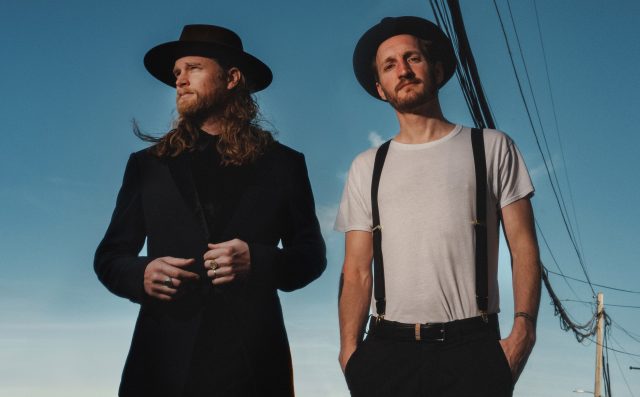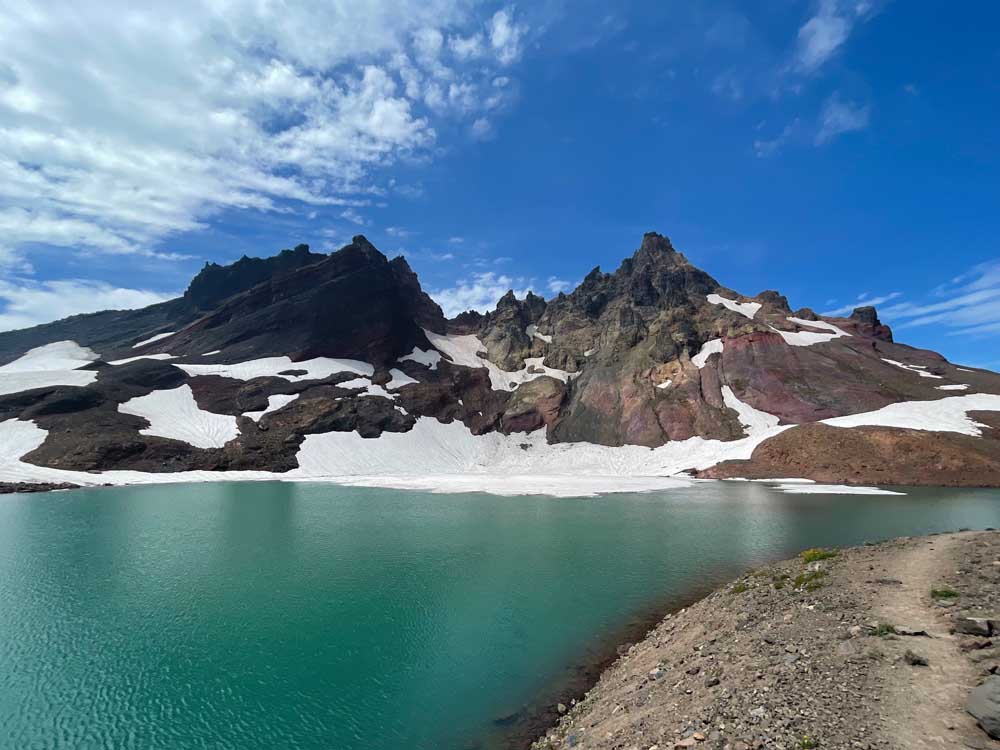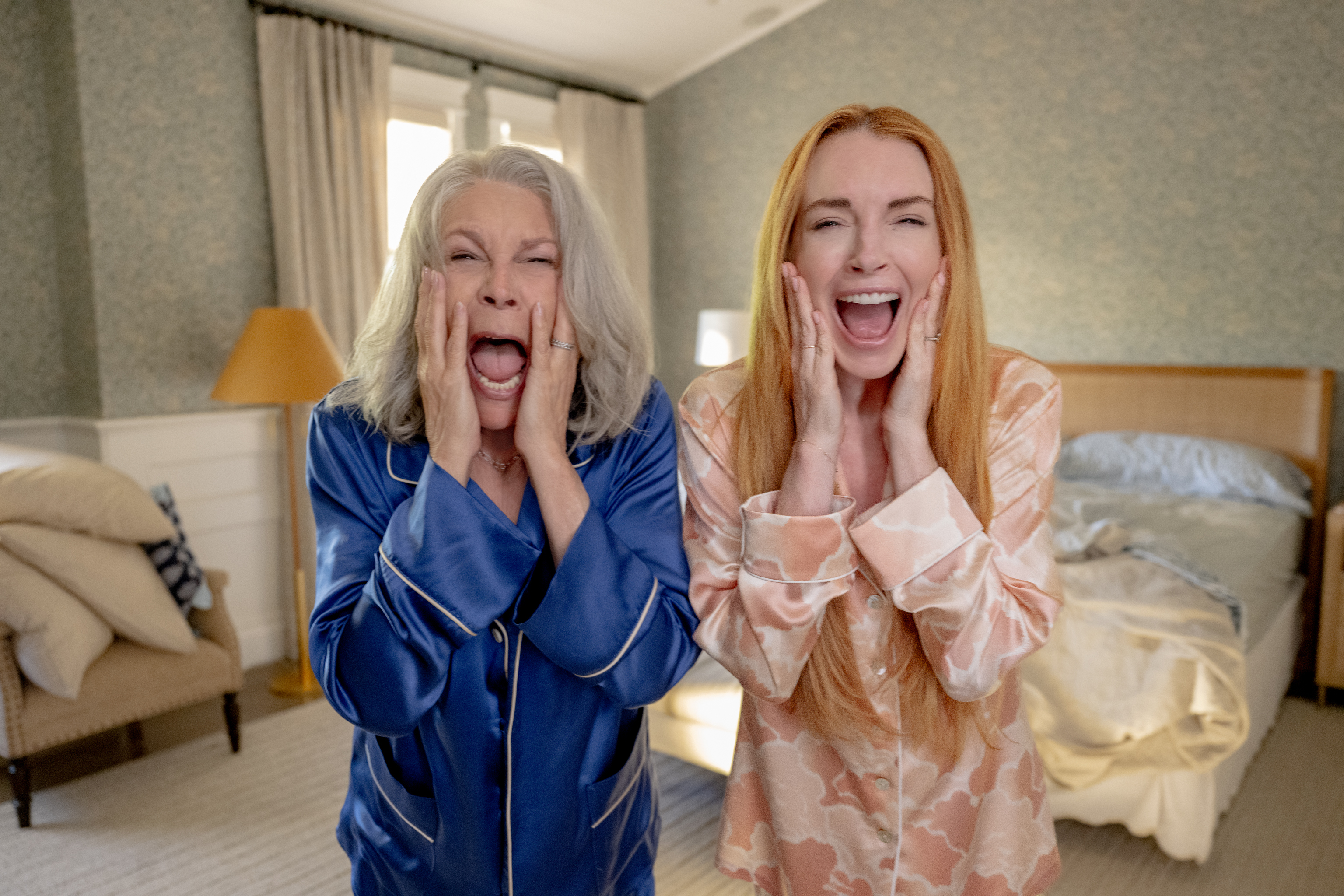Newberg-based Interrobang produces sweet and white vermouths
Published 12:00 am Thursday, October 20, 2016
When is a wine not a wine? When it’s a vermouth!
The exclamatory question (?!) — whose dual punctuation mark is known as an “interrobang” — has given rise to a specialty vermouth producer in Dundee-Newberg, one of several riding the craft-distillery wave in the heart of the Willamette Valley.
Trending
Combining wine, brandy, sugar and a carefully measured blend of herbs and botanicals, Interrobang has succeeded in recreating the Old World-style flavors of German and French vermouths.
First appearing on the market in 2012, the sweet and white vermouths are already being used across Oregon in aperitifs and cocktails, including Manhattans and martinis. They may be blended with a wide range of spirits, from gin to whiskey and even champagne.
Owner Carr Biggerstaff, a former high-tech executive, credits founding partner Karl Weichold, then assistant winemaker at a nearby winery, with developing the recipes.
“He resurrected a centuries-old German sweet vermouth recipe,” Biggerstaff said. “A year or so later, he created a southern French-style white vermouth recipe. And being the rocket scientist he is, he figured out how to make small-batch vermouth efficiently.”
Botanical blends
“Vermouth” is the French pronunciation of the German word “Wermut,” or wormwood. This botanical, also known as absinthe, is one of numerous ingredients used in small quantities in the production of modern vermouth — as it has in Europe since the 16th century, according to Biggerstaff.
Trending
“The first vermouths were concocted as medicinals in the late 15th century,” he said. “Wormwood, which had been used to treat gastrointestinal problems, was a key ingredient.”
Interrobang begins its production process with a medium-bodied red wine for sweet vermouth, a white wine for white vermouth. “We start with a lower alcohol, higher pH wine as our base,” Biggerstaff said. “Pinot noir is perfect. We let somebody else make the wine, and we buy a batch.”
That wine is fortified with brandy from Portland’s Clear Creek Distillery to bring the alcohol content up to 17.5 percent. After sugars are blended (with less for the drier white vermouth), the mix is infused with various aromatic botanicals, including herbs, roots, flowers, seeds, herbs and spices.
The recipe is very precise, Biggerstaff said. Quantities of each botanical are weighed out in grams and measured into bags, which soak in the vermouth blend until the final product is ready.
Twelve are used in the sweet red vermouth, seven in the white, including cinnamon, orange peel, elder flowers, marjoram and cardamom. Mugwort, which like wormwood is regulated by the Food and Drug Administration, and cinchona bark, as a bittering agent, are other ingredients.
“I can buy almost all of it organic and sustainable,” Biggerstaff said. “We make essences of the different botanicals, then carefully mix the right proportions of each. But with our process, we can put it all in and take it all out at once, and replicate that over and over.”
Winter production
That may sound easy, but in the beginning, it clearly was not. The sweet vermouth is labeled No. 47, “because it took that many times to get the recipe down,” Biggerstaff said. “And it took 73 times for the white vermouth,” which, naturally, is now labeled No. 73.
Production takes place during the winter and early spring months, he said, in a custom-crush facility at August Cellars “after everyone else is out of the winery.” Each vermouth is made in a batch of 500 to 600 cases of 375-milliliter bottles, half the size of a normal wine bottle. All bottles retail for $18.
“You can think of vermouth as a port that has been aromatized,” Biggerstaff said. “And like port, it’s not a wine you stick back in the liquor cabinet.”
Vermouth, he said, “falls right in the middle between wine and spirit. Some people drink our products neat, on the rocks or as a spritz. Others enjoy them as a modifier to cocktails.”
Recipes are on the company website: whatisinterrobang.com. It’s available for purchase in Bend at Market of Choice, Whole Foods and West Side Liquor.
— John Gottberg Anderson specializes in Northwest wines. His column appears in GO! every other week. He also writes for our food section.








